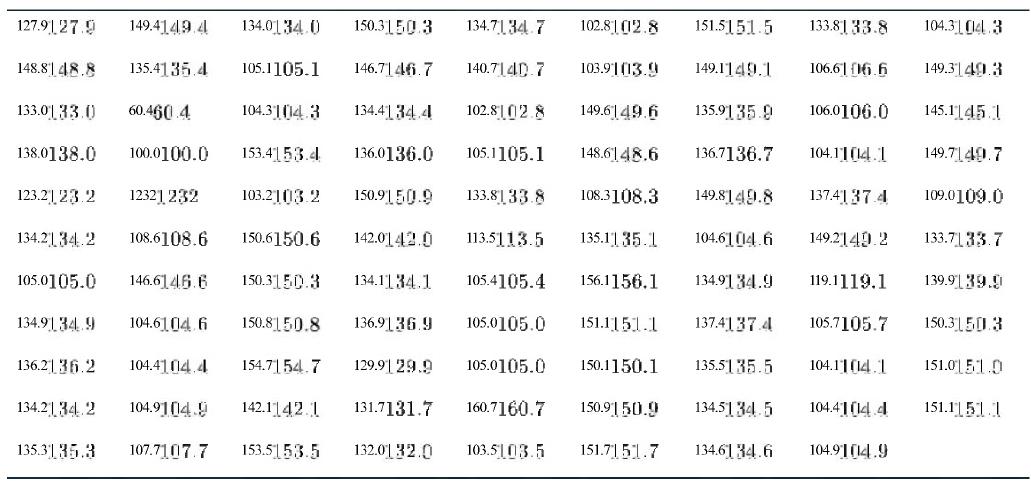Big Data. Modern analyses can generate thousands of data points. This problem introduces techniques for handling larger
Question:
Big Data. Modern analyses can generate thousands of data points. This problem introduces techniques for handling larger data sets. A spreadsheet with the data can be found on SaplingPlus or at macmillanlearning.com. Students at the University of Sydney each determined the molecular mass of one of three unknown diprotic acids by weighing a precise mass of the unknown and titrating it with standardized 0.1 MNaOH 0.1 MNaOH. They then pooled their data. Data validation and visualization are critical to handling such large data sets.

a. Validation. Confirm that you have the complete and accurate data set in Excel by comparing the mean, standard deviation, and number of data points with those of the original data set (mean=140.859 2, s =113.112 7, n=98). (mean = 140.859 2, s = 113.112 7, n = 98).
b. Visualization and classification are the next steps in handling large data sets. Trends and groups are more apparent in ordered data. Highlight the data in Excel. On the Data ribbon select Sort. Select Continue with the current selection and Smallest to Largest in the windows that appear. Confirm that the mean, standard deviation, and number of data remain unchanged. Graphs help visualize groups. Highlight the data in Excel. On the Insert ribbon select Scatter Chart. What are the two most suspect data points within the data? Visually inspect the data to determine the approximate molecular mass of the three diprotic acids. There are about the same number of analyses for each acid.
c. Statistical analysis. Select the data for the lowest molecular mass diprotic acid. Use the Grubbs test to determine if any data should be rejected. Determine the mean, standard deviation, and 95%95%. confidence interval for the molecular mass of this diprotic acid.
d. Interpretation. Does the experimental molecular mass agree with the expected value of 104.061g/mol 104.061g/mol for malonic acid?
Step by Step Answer:

Quantitative Chemical Analysis
ISBN: 9781319164300
10th Edition
Authors: Daniel C. Harris, Charles A. Lucy





